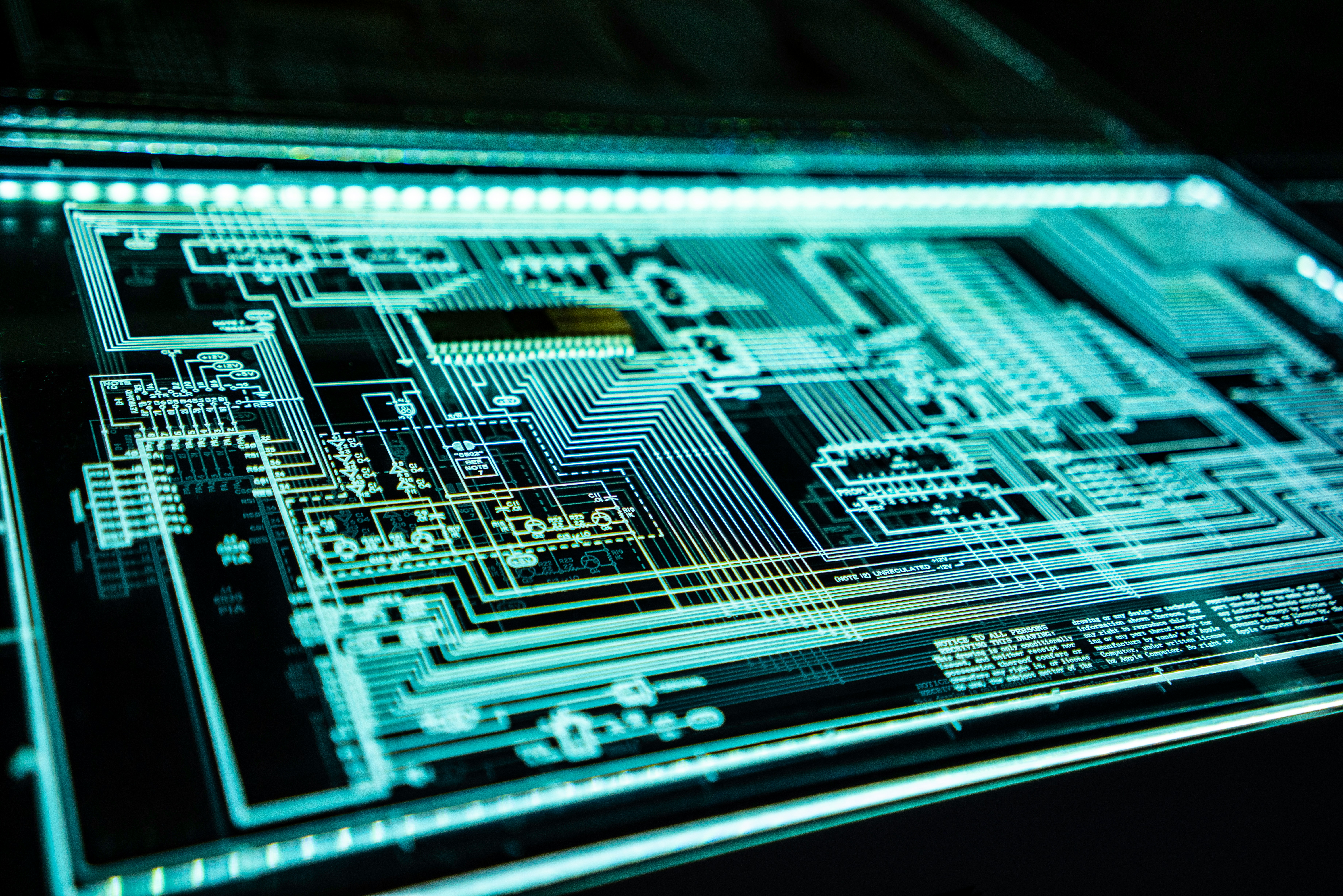Cybersecurity is dynamic—threats evolve daily, and controls that were effective yesterday may be inadequate tomorrow. Traditional audit methods, often conducted annually, provide only limited assurance. To address this, internal auditors should explore integrating continuous monitoring into their approach.
Continuous monitoring involves using automated tools and processes to track cybersecurity controls on an ongoing basis. Instead of waiting for an annual review, auditors can receive near real-time alerts about potential weaknesses. For example, continuous monitoring can track user access changes, system vulnerabilities, and network anomalies.
For internal auditors, the first step is to evaluate whether management has implemented continuous monitoring tools. Security Information and Event Management (SIEM) systems, intrusion detection tools, and automated compliance platforms can provide valuable data for audit testing.
Auditors should assess the quality of monitoring processes. Are alerts being generated for key risks? Is there a documented process for reviewing and responding to those alerts? Are thresholds calibrated to avoid excessive false positives? Internal audit can add value by evaluating not only the existence of tools but also their effectiveness.
Continuous monitoring also improves audit efficiency. Instead of manually testing large volumes of transactions, auditors can leverage automated reports to validate compliance. For instance, monthly access control reports generated from identity management systems can be reviewed more efficiently than manual records.
Another benefit is improved risk coverage. Continuous monitoring allows internal audit to expand its focus beyond annual priorities to include emerging risks. For example, a sudden spike in failed login attempts or unauthorized data transfers can be flagged immediately for review.
Collaboration with management is critical. Internal audit should not aim to duplicate IT security functions but rather to provide independent validation of monitoring effectiveness. By establishing clear roles, auditors can ensure they add value without overstepping operational responsibilities.
Finally, continuous monitoring supports a culture of accountability. When employees and vendors know their actions are being monitored, the likelihood of intentional misuse decreases. Internal auditors can reinforce this by emphasizing the link between monitoring and risk reduction in their reports.
By incorporating continuous monitoring into audit methodologies, internal auditors move beyond point-in-time assurance to a more proactive, real-time model. This evolution enhances audit relevance and strengthens organizational cybersecurity resilience.





